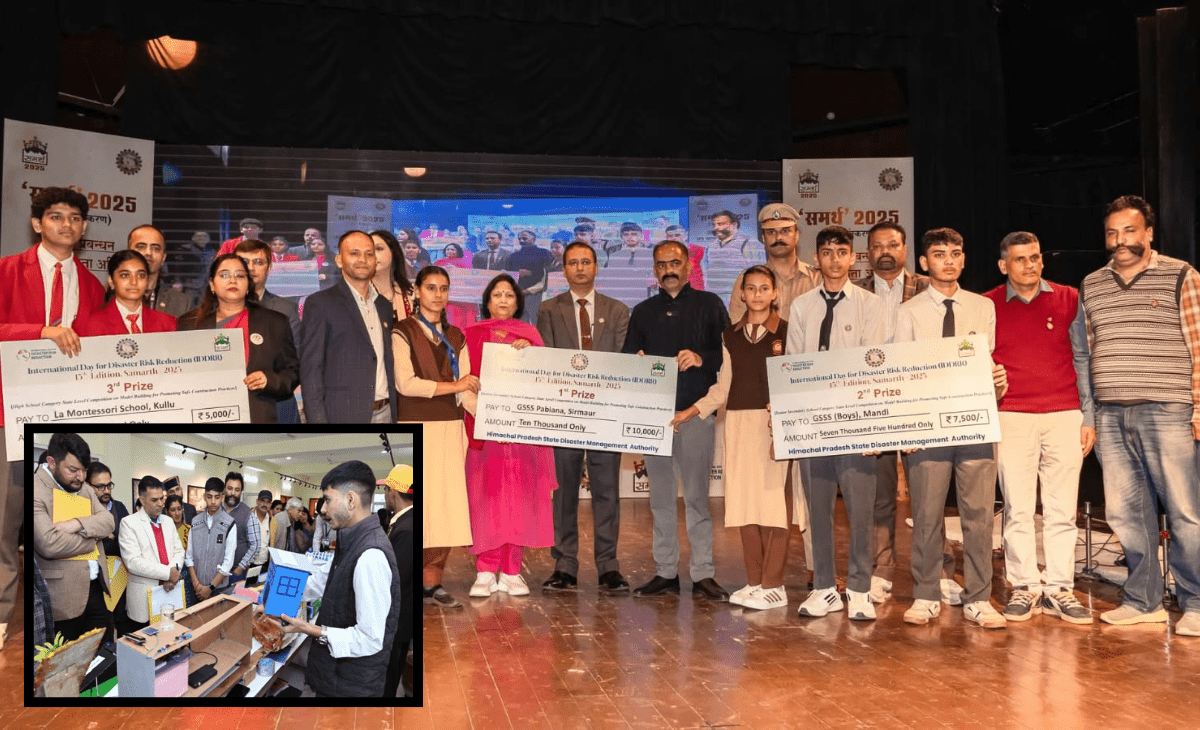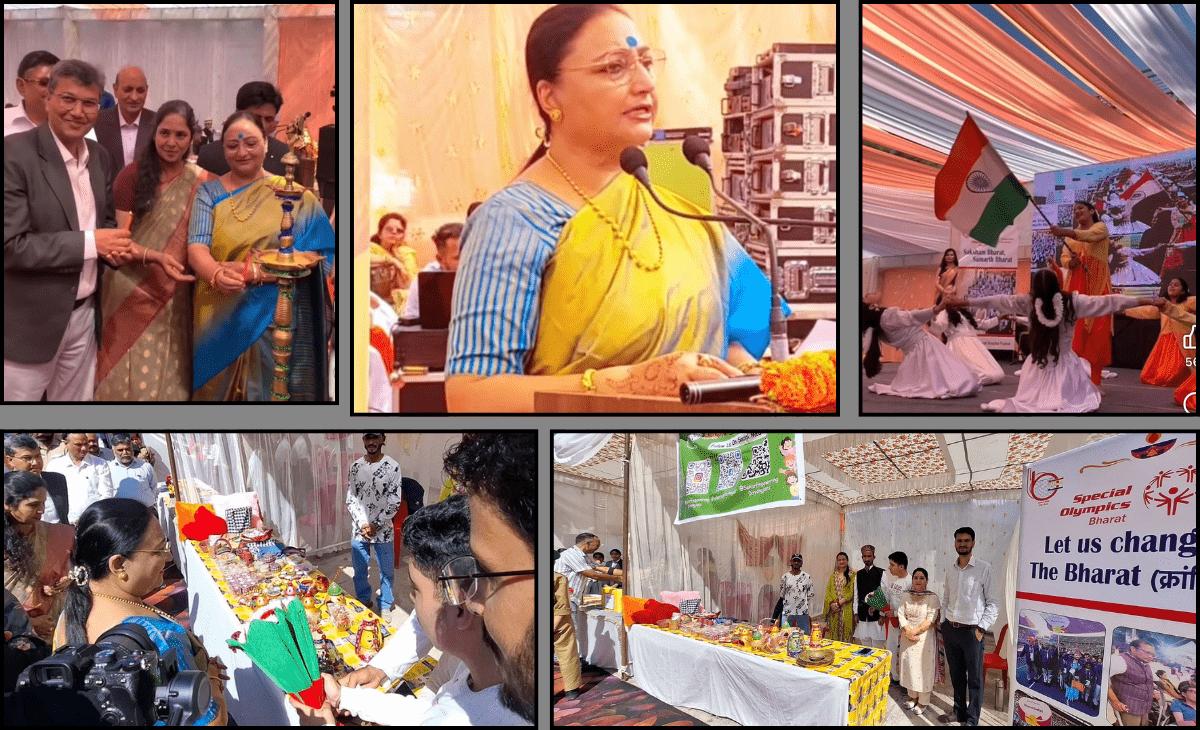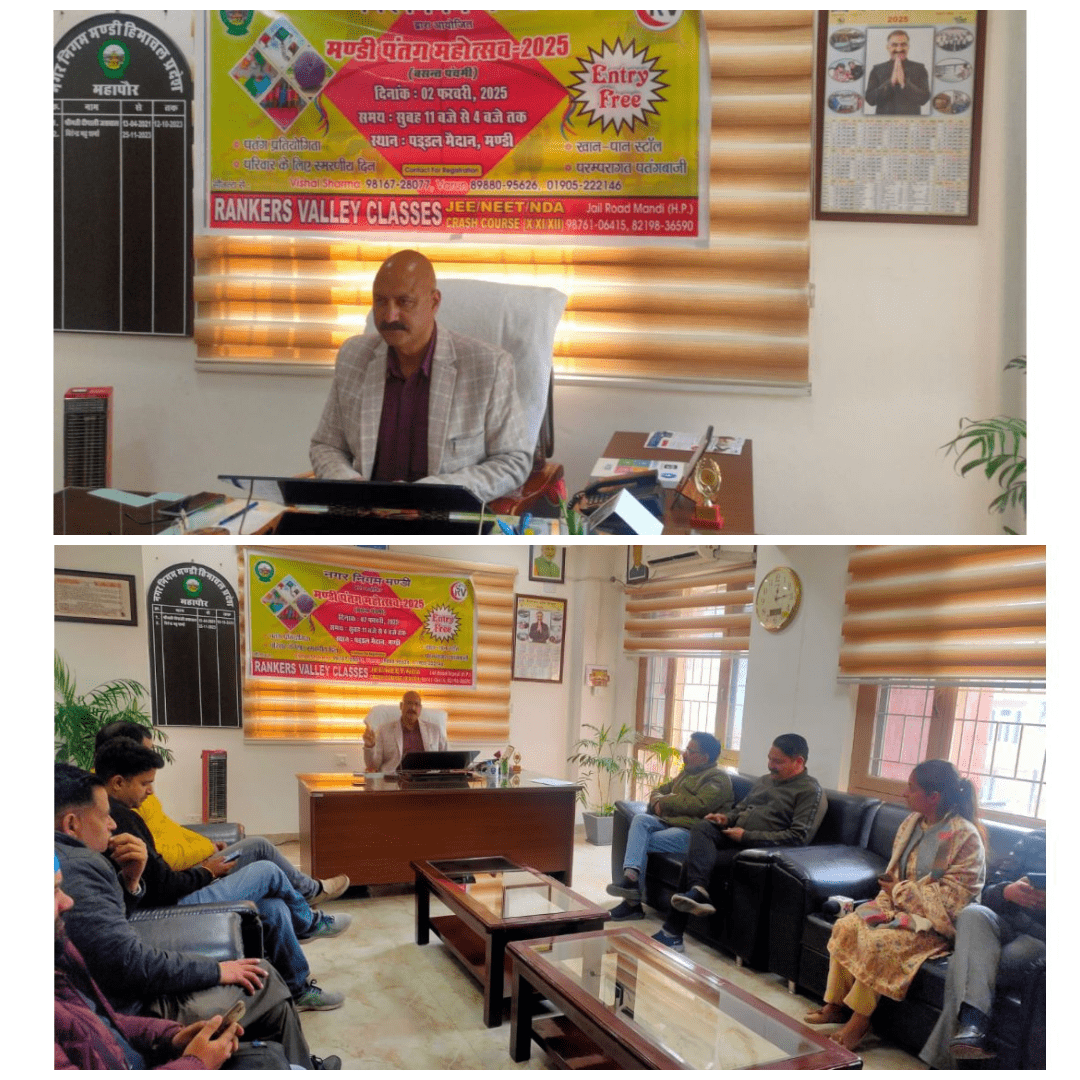MANDI: As spring approaches, the sacred towns of Vrindavan and Mathura are gearing up for one of the most vibrant and deeply rooted festivals in Indian culture — Holi 2025.
Celebrated from March 7 to March 14, the weeklong festivities promise a blend of spirituality, tradition and unbridled joy, transforming Brajbhoomi into a riot of colors.
Unlike the typical one-day Holi celebrations seen across the country, Vrindavan Holi is an elaborate affair, steeped in centuries-old legends tied to the playful tales of Lord Krishna and Radha.
Each day of the festival carries its own significance, drawing thousands of pilgrims, photographers and tourists from across the globe, all eager to witness this unparalleled cultural phenomenon.
Barsana’s sweet start: Laddu Holi (March 7, 2025)
The Holi celebrations kick off in Barsana, the village of Radha, with the unique and much-loved Laddu Holi. In the courtyard of Shriji Temple, devotees hurl laddus — India’s favourite sweet — at one another, creating a scene both chaotic and joyful.
The event not only marks the beginning of the festivities but also pays homage to Krishna’s playful nature, with laddus and colors showered upon the idols of Krishna and Radha.
Lathmar Holi: Sticks, shields, and tradition (March 8-9, 2025)
One of the most iconic and widely covered events of Vrindavan Holi is the legendary Lathmar Holi.
Celebrated first in Barsana on March 8 and then in Nandgaon on March 9, this tradition draws from the folklore of Krishna teasing Radha and her friends, only to be chased away by the Gopis wielding sticks.
In Barsana, women dressed as Gopis enthusiastically beat the visiting men from Nandgaon — playing the role of Lord Krishna’s friends — with sticks, while the men, armed with shields, try to dodge the playful blows.
A week later, in Nandgaon, the roles reverse and the men of Barsana face a similar colourful fate. Both events are a visual spectacle, with clouds of red gulal filling the air and the streets echoing with folk songs and rhythmic drumbeats.
Visitors often find themselves drenched in colors and swept up in the infectious energy of the crowds.

Vrindavan’s divine Holi: Phoolon Ki Holi & Rangbharni Holi (March 10-13, 2025)
The heart of Vrindavan Holi lies within the sacred walls of the Banke Bihari Temple, where celebrations from March 10 to March 13 bring thousands of devotees together in a spiritual explosion of colors and flowers.
The Phoolon Ki Holi (Holi of Flowers) sees the temple priests showering the crowd with marigolds and rose petals, creating a surreal atmosphere where devotion meets festivity.
This leads into the Rangbharni Holi, where coloured powders fill the air as devotees sing, dance, and celebrate in the presence of Lord Banke Bihari.
The temple opens its gates at 8.45 am, with festivities continuing till 1.30 pm, only to resume again from 4.30 pm to 8 pm. The narrow streets surrounding the temple come alive as locals invite visitors to join in the celebrations, smearing colors on strangers-turned-friends and sharing traditional sweets.
Mathura’s grand procession & Holi with widows (March 10, 2025)
While Vrindavan immerses itself in temple festivities, neighboring Mathura, Krishna’s birthplace, hosts a colorful Holi procession on March 10. Starting from Vishram Ghat at 3 pm, the parade winds its way through the city, culminating at the Holi Gate by sunset.
Chariots adorned with floral decorations carry children dressed as Lord Krishna and Radha, while onlookers throw colours onto the passing floats. The energy is electric, with dhol beats, folk songs, and a shower of gulal creating a mesmerising spectacle.
One of the most heart-touching events of Vrindavan Holi also takes place on this day — the Holi with widows. Once shunned from festivals, widows of Vrindavan now participate in the celebrations at the Gopinath Temple, reclaiming their right to joy and community.
The sight of these women, draped in white sarees and covered in colours, has become a symbol of changing traditions and hope.
The Sacred Fire: Holika Dahan (March 13, 2025)
As dusk falls on March 13, the ritual of Holika Dahan marks the symbolic victory of good over evil. Bonfires are lit across Mathura and Vrindavan, including the prominent one at Holi Gate, where effigies of Holika are burned, recalling the legend of Prahlad and the triumph of devotion over tyranny.
The evening is marked by cultural performances, folk dances and community gatherings, making it a reflective yet festive prelude to the main Holi day.
Main Event: Dhulandi Holi at Dwarkadheesh Temple (March 14, 2025)
The culmination of Vrindavan and Mathura’s Holi takes place at the Dwarkadheesh Temple on March 14, where the traditional Dhulandi Holi is celebrated.
Beginning at 10 am, the temple courtyard turns into a sea of colors as devotees dance to dhol beats, smear gulal on strangers, and sip on glasses of bhang thandai.
The scale here is slightly more intimate compared to the Banke Bihari Temple, but the energy is just as infectious. By noon, the streets outside the temple are filled with color-soaked revellers, singing and dancing in the true spirit of Holi.
The Finale: Huranga at Dauji Temple (March 15, 2025)
While most Holi celebrations wind down after Dhulandi, the last act of Vrindavan Holi takes place at the Dauji Temple in Baldeo, 30 km from Mathura. Known as Huranga, this event is one of the most boisterous and wild celebrations in the region.
Here, men from nearby villages willingly face playful beatings and even get stripped by the women in a tradition that blurs the lines between myth and festivity. Colours fly in every direction, bhang flows freely, and the temple pond, filled with colored water, becomes a giant pool of celebration.
Munish Sood(Mandi)











